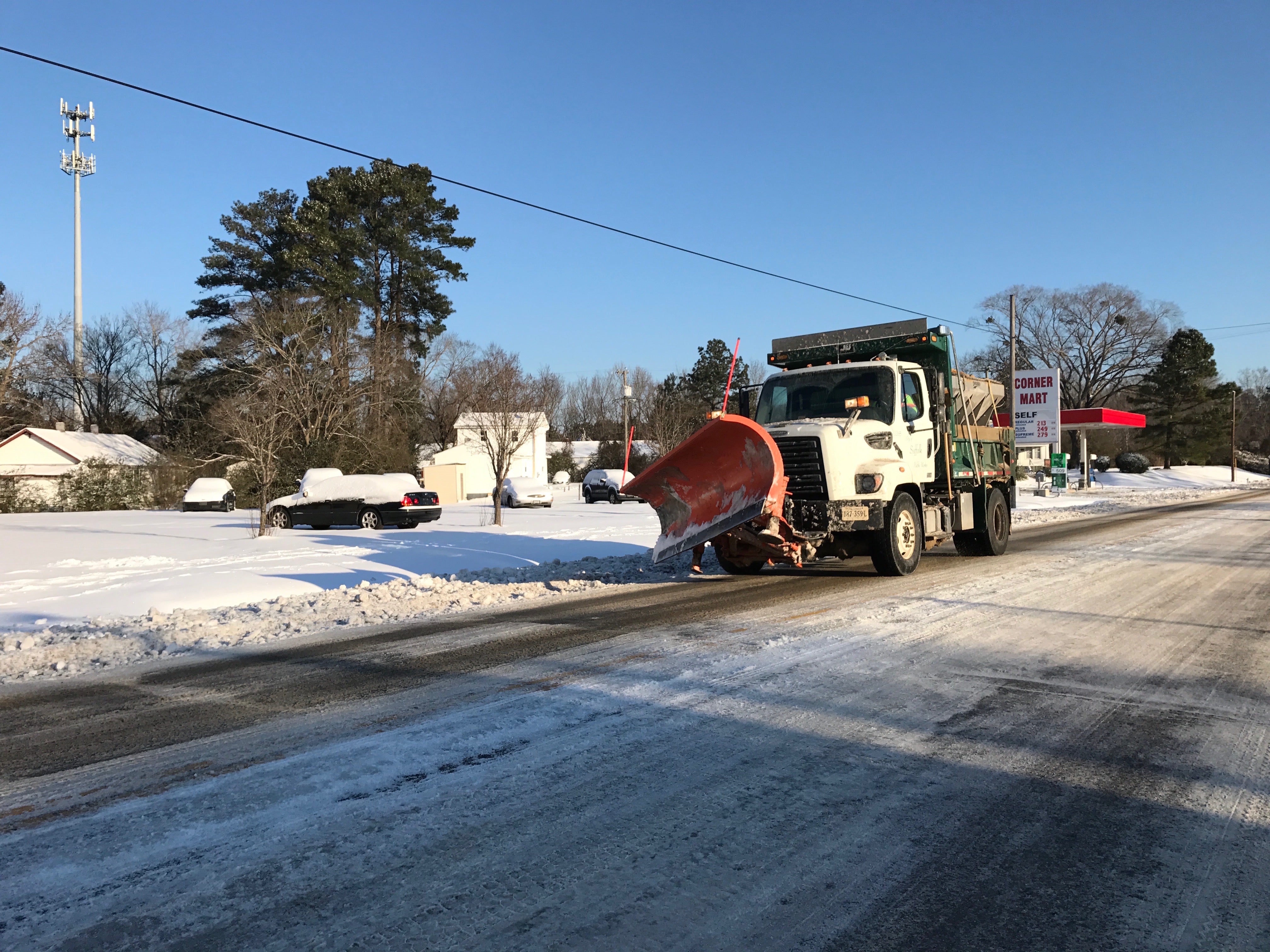There#8217;s a good reason we hear so much about tropical weather
Published 12:00 am Sunday, September 3, 2006
Are you one of those who thinks the media puts too much emphasis on tropical systems, for example all the ink and TV coverage of Tropical Storm Ernesto?
After all, it started out with a forecast of being a Category 3 hurricane and plowing into New Orleans — an ugly scenario at best. And then the track kept moving to the east, it lost its punch and quickly became nothing more than a rain event for most of the East Coast.
Some people have been questioning why so much energy and money was put into this storm, which will likely only bring us a lot of rain.
Well, there is a good reason — to educate the public on the dangers of these system, especially when they are taken with a cavalier attitude.
To make my point, I offer a few statistics I located on the Internet, more specifically, the National Weather Service Web site at www.srh.weather.gov.
The first named storm of the 2001 Hurricane Season was Tropical Storm Allison.
The storm, which struck the southeast coast of Texas, and included the Houston metropolitan area, dumped nearly 40 inches of rain as it spent the better part of five days over land.
It also killed 22 people.
And what is more significant is that the folks who lived in that part of the country when the storm struck knew it was coming, and still nearly two dozen lives were lost.
What if they hadn’t had any warning? What if they didn’t know what was coming and what to expect?
If that were the case we might have had another storm like the one that hit Galveston, Texas on Sept. 8, 1900.
Of course that was long before long-range radar and forecasting was common place.
In that storm, which became the worst natural disaster in American history, it is estimated that between 8,000 and 12,000 people perished.
The city was inundated with up to 15 feet of storm surge, which is basically the hurricane pushing sea water overland. More than half the homes and buildings were destroyed, and in 1990 dollars, estimated damage was $700 million.
In 1919 a storm passed near Key West between Sept. 9 and 10. Ten ships were lost at sea and between 800 and 900 people died.
That storm moved on across the Gulf of Mexico and hit Corpus Christi, Texas, killing another 287.
Again, this event occurred in a time when there was little known about the oncoming systems and their potential for disaster.
But, today, we know well in advance, often more than a week, that storms are forming. And forecasters, using the best equipment they have at their disposal, try to predict where the systems will ultimately go.
But that is not an exact science, simply because Mother Nature is fickle.
Forecaster update their predictions and the forecasts as often as they believe is necessary, and will change when the data changes.
The bottom line is this. While some of you may think the newspaper and TV coverage of these pending storms is over kill, just imagine what life would be like without them.
You wouldn’t know anything. You could guess at what is about to happen, but chances are you’d be wrong. And you may be dead wrong.
So, when we have the weather systems, listen to as much as you think you need to listen to, and then ignore the rest if you want.
But don’t ever underestimate the power of these monsters.
We are just a few hours away from Ernesto’s arrival, and we have a general idea of what to expect.
But we are not exactly sure what will happen.
We just hope you are prepared for anything.
Grant is the managing editor of the Suffolk News-Herald. Contact him at doug.grant@suffolknewsherald.com, or 934-9603.



